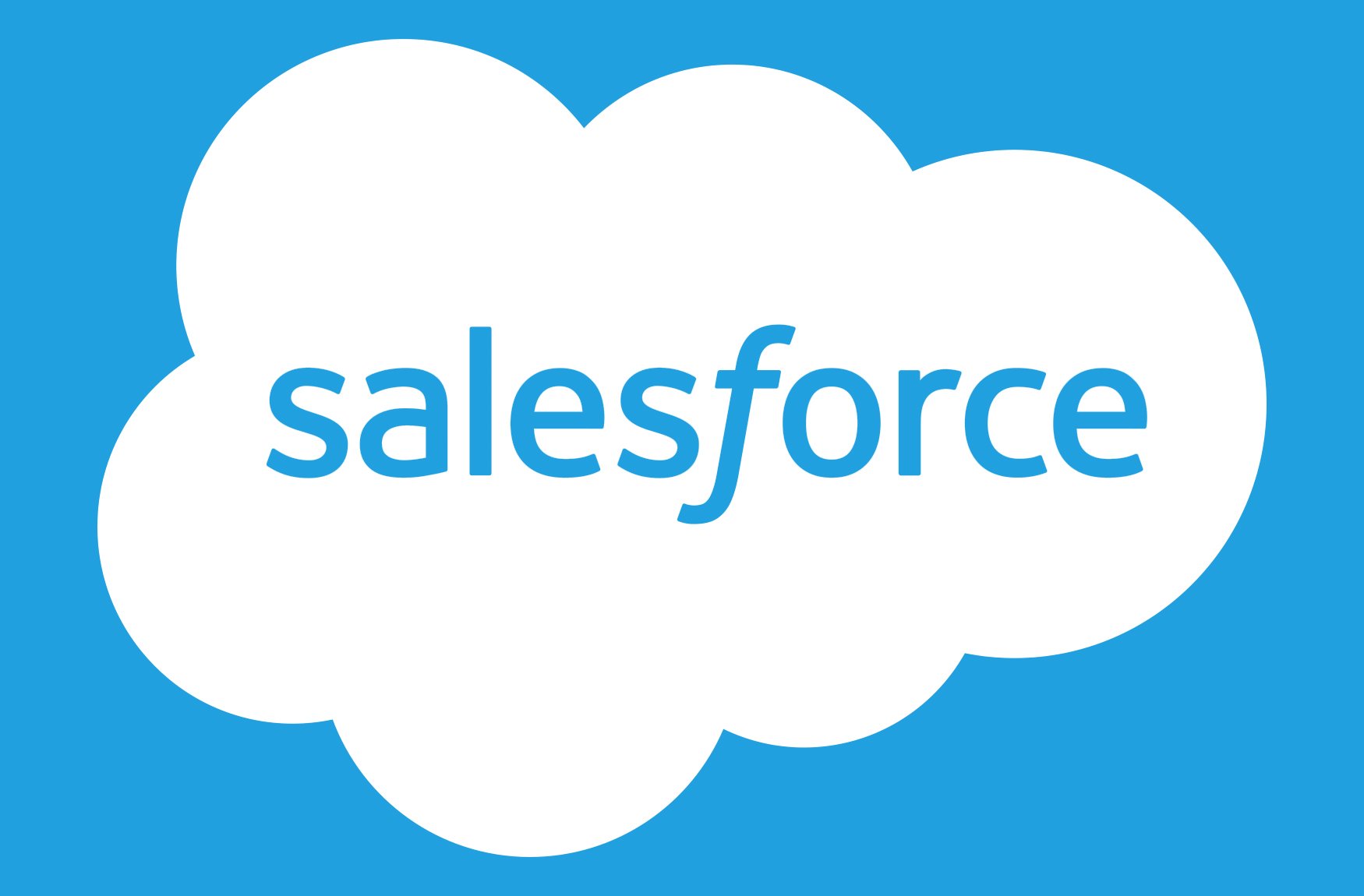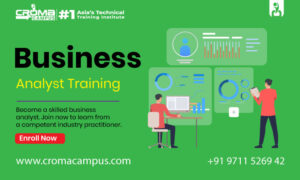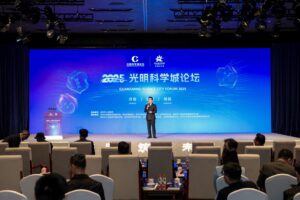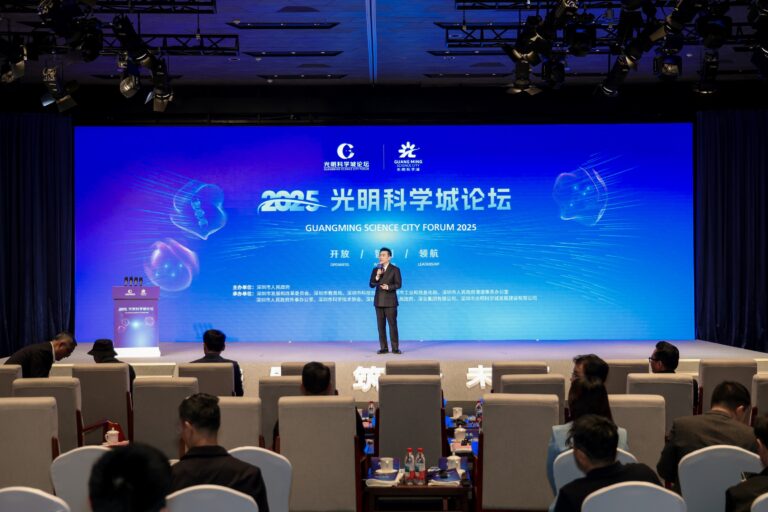Introduction
Salesforce continues to be a leading CRM platform, and its evolving ecosystem presents both opportunities and challenges for professionals. Preparing for a Salesforce interview requires an understanding of both basic and advanced concepts. Here’s a guide to some of the latest Salesforce interview questions and answers for 2024, to help you ace your next interview.
Basic Salesforce Questions
1. What is Salesforce?
Salesforce is a cloud-based Customer Relationship Management (CRM) platform that provides a suite of tools for managing customer relationships, sales processes, and marketing campaigns. It offers services like Sales Cloud, Service Cloud, Salesforce Marketing Cloud, and Commerce Cloud, among others.
2. What is a Salesforce Object?
Salesforce objects are database tables that allow you to store data specific to your organization. There are two types of objects in Salesforce: Standard Objects (like Accounts, Contacts, Leads, and Opportunities) and Custom Objects, which you create to store data unique to your company.
3. Explain the concept of a ‘Record’ in Salesforce.
A record in Salesforce is a single instance of an object. For example, a single row in an Accounts table represents a record for one customer account.
4. What is the difference between a Role and a Profile?
A profile in Salesforce defines the level of access a user has to objects, fields, and functionalities. A role, on the other hand, controls the level of access a user has to records within the organization. Roles are part of the role hierarchy and help in sharing settings.
5. What are Workflow Rules?
Workflow Rules in Salesforce are automated processes that trigger actions based on criteria evaluation. They can update fields, send emails, assign tasks, or trigger other workflows based on changes to records.
Intermediate Salesforce Questions
6. What is Apex?
Apex is a proprietary programming language provided by Salesforce. It is similar to Java and C# and allows developers to execute flow and transaction control statements on the Salesforce server in conjunction with calls to the API.
7. Describe the use of Visualforce.
Visualforce is a framework that allows developers to build sophisticated, custom user interfaces that can be hosted natively on the Salesforce platform. It uses a tag-based markup language similar to HTML and integrates with Apex to create dynamic applications.
8. What is a Trigger in Salesforce?
A Trigger is a piece of Apex code that executes before or after specific data manipulation events occur, such as insertions, updates, or deletions of records. Triggers are used to perform custom actions when records are modified.
9. Explain the concept of Governor Limits in Salesforce.
Governor Limits are Salesforce’s way of ensuring that no single tenant monopolizes shared resources on the multitenant platform. These limits include restrictions on the number of records processed, script statements executed, API calls, and more. They help maintain system performance and stability.
10. What are Lightning Components?
Lightning Components are a user interface framework for developing dynamic web apps for mobile and desktop devices. They allow developers to build reusable components, ensuring a modular approach to app development.
Advanced Salesforce Questions
11. What is the Lightning Web Component (LWC)?
Lightning Web Components are a modern framework built on web standards for building single-page applications. Salesforce LWC leverages the power of modern JavaScript, and custom elements, providing better performance and a more standard-based approach compared to Aura components.
12. Describe Salesforce Integration Patterns.
Salesforce Integration Patterns are standardized ways to connect Salesforce with other systems. Common patterns include:
- Remote Process Invocation – Request and Reply: A synchronous request for data or processing.
- Remote Process Invocation – Fire and Forget: An asynchronous request for data or processing.
- Batch Data Synchronization: Periodic data updates between systems.
- UI Update Based on Data Changes: Real-time updates of user interfaces based on changes in data.
13. What is Salesforce DX?
Salesforce DX (Developer Experience) is a set of tools and practices designed to improve the development lifecycle on the Salesforce platform. It includes features like scratch orgs, source-driven development, and continuous integration/continuous delivery (CI/CD) capabilities.
14. Explain the difference between SOQL and SOSL.
- SOQL (Salesforce Object Query Language) is used to fetch data from one object or multiple objects that are related to each other. It is similar to SQL.
- SOSL (Salesforce Object Search Language) is used to search for text within records. It can search across multiple objects and fields, unlike SOQL which focuses on specific objects.
15. What are Custom Metadata Types?
Custom Metadata Types in Salesforce allow you to define and manage metadata that can be used across your Salesforce environment. They are similar to custom objects but are specifically designed to manage application configurations and settings.
Conclusion
Preparing for a Salesforce interview requires a solid understanding of both fundamental and advanced concepts. By familiarizing yourself with these questions and answers, you’ll be well-equipped to demonstrate your expertise and secure that coveted Salesforce position in 2024. Remember, practical experience and staying updated with the latest Salesforce releases and best practices are key to success.


















